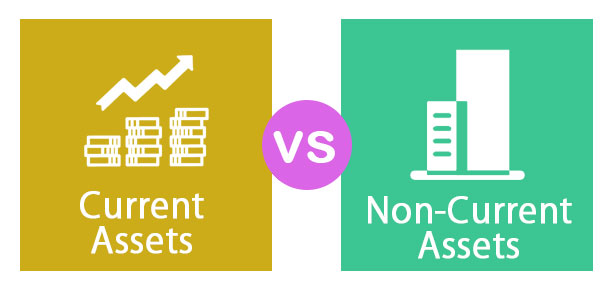
Assets are those resources that are owned by an organisation and the economic benefits arising from the utilisation of such resources are used for the growth of the business. Assets can be divided into two categories based on the time period they need to be used in the business.
The different types of assets are:
- Current assets
- Non-Current Assets
Current Assets: These are assets which are likely to be converted into cash or getting used up within one year. In other words, such assets are converted back into cash within one year of their incorporation. Current assets reveal information about the operating activities of a company. E.g. Cash, Prepaid Expenses, Accounts Receivables, Inventory, Marketable Securities.
Non-Current Assets: Non-current assets are those assets that are expected to provide economic benefit to the entity for more than one accounting period. Non-current assets are also known as fixed assets or long-term assets.
These assets are useful in day to day functioning of the business and expenses arising from such assets are called capital expenses, and also such assets are either depreciated or amortised based on their nature.
Types of Non-Current Assets
The following types of Non-Currents assets can be classified as follows:
- Tangible Assets: These assets are tangible and are mostly fixed in nature; hence, it is also known as fixed assets. The assets that fall under this category include plant (production plant), property (land, buildings) and equipment (machinery).
- Intangible Assets: Such type of assets are the type of non-current assets that do not have a physical existence. Intangible assets can be generated by acquisition. An example of intangible assets can be patents, goodwill, trademark, etc.
- Natural Resources: Natural resources like minerals, oil, metals like gold, silver, etc. can be used up over a while and hence are classified as non-current assets.
To learn more about concepts of accounting, stay tuned to BYJU’S.
